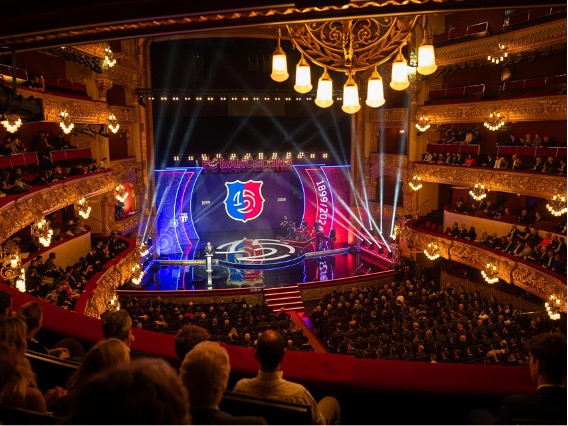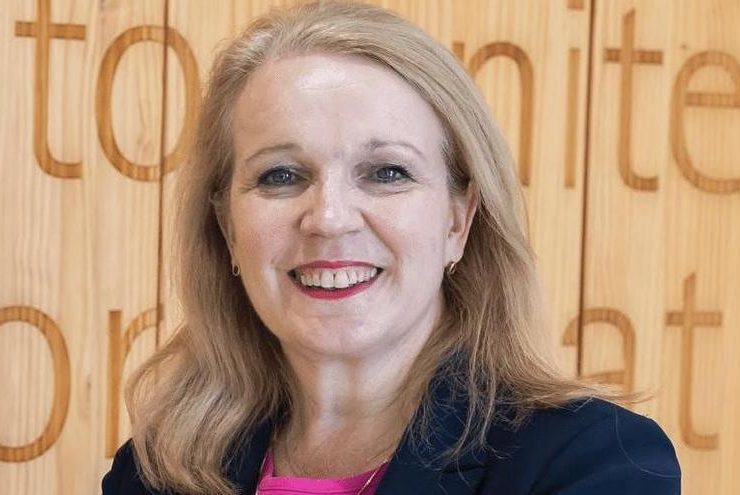Looking to the future: letting go of the past

Elena Cánovas : Ciudad de Flujos. Image courtesy of Fundació Enric Miralles

Cristina Garcia
Senior Project Director at UJO + Partners
Barcelona, a city with a rich architectural heritage, has undergone countless transformations over the years. From historic urban plans like the Cerdà Plan to global events such as the 1992 Olympics, which marked its modernization, the city has reinvented itself time and again. This tells us where we come from; however, the question we must now ask is: how do we want to envision our future?
Vicente Guallart states that the key to learning lies in “learning by doing.” At IAAC, the approach is to experiment, touch, cut, plant, and ultimately create. In his view, it is essential to move away from focusing solely on the city as a collection of isolated neighborhoods and start thinking of a global Barcelona—one that is recognized as a single organism, not fragmented by local interests.
The focus, then, should be on designing with our eyes on the future, not clinging to the past. The role of architects must be to think in terms of global solutions, solutions that not only benefit a single neighborhood but consider the well-being of the entire city. What were once innovative technologies, like concrete and iron, are now contributing to the degradation of our planet through their environmental impact. It is our responsibility to reverse this by using the innovations we have at our disposal today to find new answers.
Education and training: a future of innovation and sustainability
One of the greatest challenges facing architects and urban planners today is education. Teaching, traditionally rooted in heritage and architectural legacy, must shift toward a more future-oriented approach. Change is no longer optional. Ecology is the new economy, and the next generation of architects must be prepared to design solutions for climate change, sustainability, mental health, and environmental impact.
The present we are living in forces us to reconsider what is being taught in our schools and whether academic programs are truly adapting to current realities and the real challenges facing our society. We must commit to an education in which students not only learn theories or study past trends, but actively engage with the challenges of today and tomorrow through innovative projects that promote the use of advanced technologies, such as smart cities, data analysis, biomaterials, and ecological regeneration. Here, the key is action: hands-on learning that enables future architects to anticipate and provide global solutions to real-world problems.
The city as a global organism
One of the major challenges under discussion is how to overcome the barriers that hinder a global vision of the city. According to Ramón Gras, these barriers include bureaucratic limitations, the local perspective of citizens, and the lack of implementation of new practices for urban growth. In this sense, change begins with how we understand our cities. As Enric Batlle points out, “if nature is the answer, what was the question?” For him, the key lies in merging urban planning, landscape, and architecture, striving for a city more deeply integrated with nature.

Enric Batlle + Joan Roig + How Big Is Barcelona? Image courtesy of Fundació Enric Miralles
A call to action
Today, with technology and data at our fingertips, we should be able to quickly and efficiently assess the cost and feasibility of projects aimed at improving public transportation infrastructure or urban services. However, the main issue is that Barcelona is not conceived as a single city, but rather as a collection of neighborhoods that operate independently, a city of cities.
We are a city that is critical of change, but we must not let fear keep us from using our knowledge to be self-reflective and design responsibly. We have more creative power than we think, and if we can set aside politics, criticism, and fear, we will be able to design with our eyes on the future, positively shaping our cities.
To create a more connected and sustainable city, it is crucial for citizens to stop thinking individually, as residents of a specific neighborhood, and begin thinking in terms of a global city. Only then can we develop a vision for collective improvement, one that goes beyond local interests and strives for the common good of the entire city.
Architecture as a driver of change
In summary, the architecture of the future must look forward, not back. Solutions to urban, social, and environmental challenges must be rooted in innovation, collaboration, and education focused on sustainability. By adopting a global vision of the city and working together, architects, urban planners, institutions, and citizens can create a better future for all.
The path toward this future begins today, with the willingness to transform the way we think, teach, and act. In the words of Vicente Guallart, “I like to teach because I like to learn.” Only through continuous learning and action can we build the city of the future: a city that is fairer, greener, and more connected.
If you want to know the latest English news about Barcelona and the people who bring it to life, sign up to our Blog.







